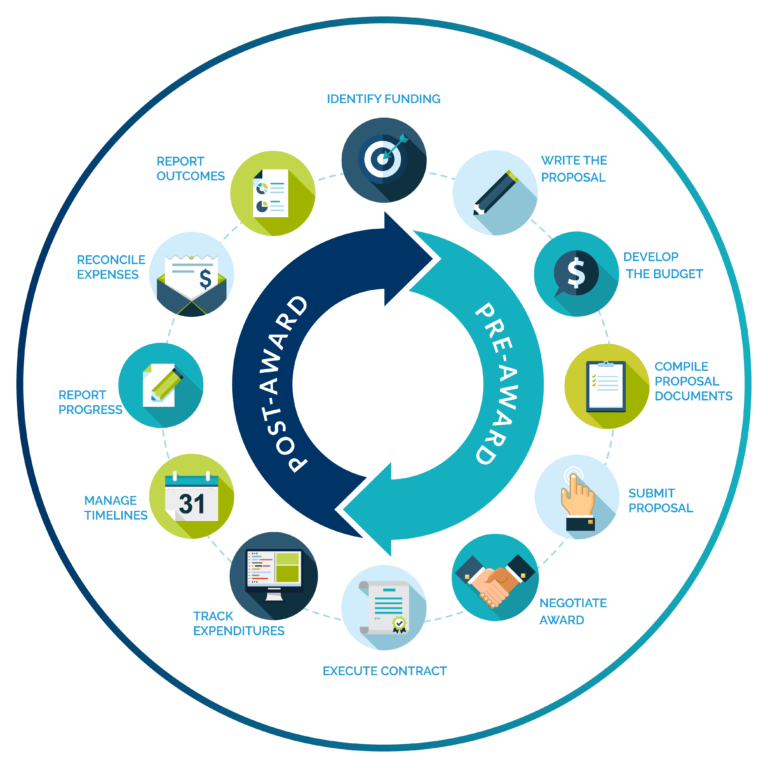 GRANT WRITING
Grant Writing Basics
Common Elements of a Grant Application
Proposal Development
Planning
Writing a Competitive Proposal
Goals and Objectives
Activities
Module Evaluation
GRANT BUDGETING
Budgeting Basics
Essential Budget Elements
Building Your Budget
Budget Management
Module Evaluation
GRANT MANAGEMENT
Management Basics
Post-Award Basics
Common Terms
Module Evaluation
R E S O U R C E S
GRANT WRITING
Grant Writing Basics
Common Elements of a Grant Application
Proposal Development
Planning
Writing a Competitive Proposal
Goals and Objectives
Activities
Module Evaluation
GRANT BUDGETING
Budgeting Basics
Essential Budget Elements
Building Your Budget
Budget Management
Module Evaluation
GRANT MANAGEMENT
Management Basics
Post-Award Basics
Common Terms
Module Evaluation
R E S O U R C E S
Home > Grant Budgeting > Budgeting Basics
Budgeting Basics
A budget is like a financial blueprint projecting expenditures for the grant award period. Budgets can be utilized as tools for:
- Management oversight
- Fundraising
- Accountability
- Forecasting
A budget is an essential project management tool. Receiving grant funding means managing grant funding. A budget is a tool used for planning and implementing programs. It is is a formal written guideline for your future plans of action, expressed in financial terms within a set time period.
Good budget planning makes things happen the way they are supposed to happen.
A good budget process is characterized by several essential features:
- Incorporates a long-term perspective
- Establishes linkages to program goals
- Focuses budget decisions on results and outcomes, and
- Involves and promotes effective communication with stakeholders

What Is a Budget?
The project budget is one of the most important components of a grant proposal. A well-crafted project budget can aid the funder in understanding HOW you plan to execute the proposed project by assigning financial resources to specific activities. Remember, your proposal describes your project in words, and your budget describes your project in numbers. Budget requirements may vary from funder to funder. For example, one funder may request a complex spreadsheet and a detailed budget narrative, which provides a written explanation for each expense you expect to incur during the project. Another funder may only ask for a simple one-page statement of your planned activities and projected expenses. In either case, it is important to remember that funders want to look at a budget and see that it is a reasonable representation of costs for your program.
What Can a Budget Accomplish?
A budget can:
- aid the funder in understanding HOW you plan to execute the proposed project;
- help to align project goals with available resources;
- encourage efficient use of funds and aid in decision making;
- provide accurate information to adjust, analyze, and evaluate your programs and activities; and provide a historical reference to be used for future planning.
Remember
Grant awards follow a predictable "LIFECYCLE":
- - Budgets impact every stage of the grant lifecycle.
- - Budgets should not be an afterthought!
- - Budgeting is an essential component of the planning process, but it does not replace the need for ongoing programmatic or organizational planning.
- - Knowing how to create a quality budget is a critical skill.
